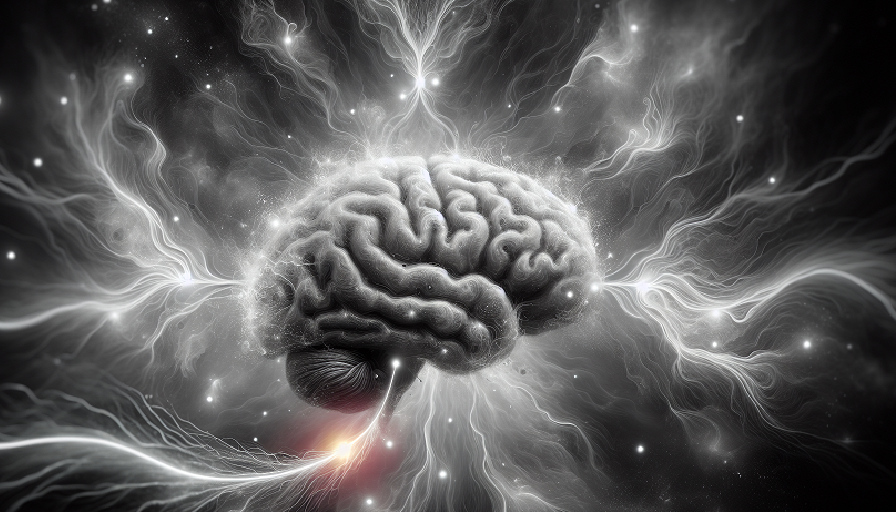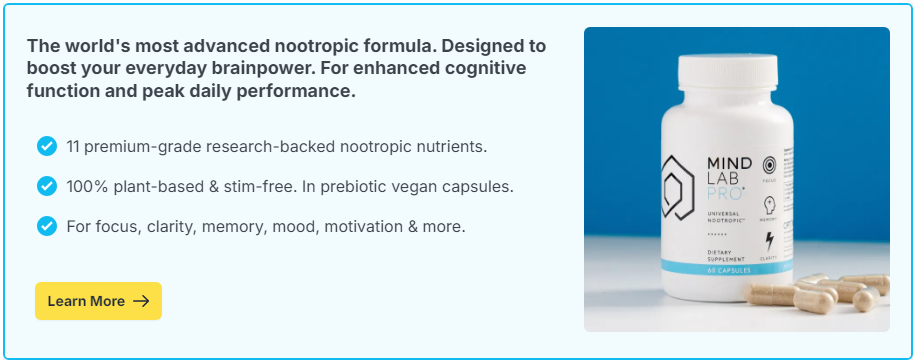
Let’s be honest. If someone told you they spent their weekends mastering the yo-yo or practicing three-ball juggling routines, you might smile politely and wonder what they’re avoiding in life. But what if those “pointless” hobbies weren’t so pointless after all?
Welcome to the world of seemingly silly skills that pack serious cognitive benefits. Behind the flashy flair of yo-yos and the rhythm of juggling lies a powerful set of brain training mechanisms that tap into motor coordination, attention, timing, memory, and the holy grail of mental performance: neuroplasticity.
It turns out that your brain loves a good challenge—especially when it involves something unfamiliar, playful, and slightly absurd. And hobbies like juggling, spinning a diabolo, or even learning a card flourish might be exactly what your neurons ordered.
Contents
Neuroplasticity: Your Brain’s Growth Mindset
Neuroplasticity is your brain’s ability to change itself—to grow new connections, strengthen old ones, and even reroute functions after injury. While we used to think the adult brain was mostly fixed, science now shows it remains malleable throughout life—especially when we stretch it with novelty, difficulty, and practice.
That’s where so-called “stupid” hobbies shine. They aren’t just entertainment. They challenge your body to sync with your mind, forcing both into unfamiliar territory where learning, failing, and adapting occur rapidly.
What Counts as a Neuroplastic Activity?
For a hobby to support cognitive plasticity, it typically involves one or more of the following:
- Novelty: Something new to your brain and body
- Difficulty: Requires sustained effort and improvement
- Multisensory input: Combines visual, motor, and spatial cues
- Timing and rhythm: Demands coordination and attention
Juggling, yo-yoing, and object manipulation tick all these boxes—often in delightfully frustrating ways. But beneath that struggle lies the opportunity for meaningful brain growth.
The Neuroscience of Juggling
In one of the most cited studies in this field, researchers at the University of Regensburg taught a group of adults to juggle three balls. Using MRI scans before and after the training, they discovered that participants developed more gray matter in areas associated with motion detection and hand-eye coordination—namely the mid-temporal area and posterior intraparietal sulcus.
And here’s the kicker: when participants stopped practicing, those structural changes began to reverse. The takeaway? Use it or lose it. Ongoing challenge and repetition are key to maintaining neuroplastic benefits.
Brain Areas Activated by Juggling
- Occipital lobe: Processes visual information and movement tracking
- Cerebellum: Coordinates movement and balance
- Motor cortex: Controls voluntary muscle movement
- Parietal lobe: Integrates sensory information and spatial reasoning
That’s a lot of brain activation for what’s essentially tossing beanbags in the air.
Yo-Yoing and the Science of Flow
Like juggling, yo-yoing demands precision, spatial awareness, and continuous feedback between what you see, what you feel, and how your body responds. While there’s less direct research on yo-yoing itself, it shares core characteristics with other fine motor skills known to improve cognitive control.
Yo-yoing also offers something uniquely valuable: flow state potential. When you’re fully engaged in a tricky trick—like a “Brain Twister” or “Eli Hops”—you enter a zone where distractions fall away, time slows, and your entire mental focus zeroes in. That’s flow, and it’s linked to increased dopamine release and improved learning consolidation.
Fine Motor Skills and Cognitive Control
Practicing tricks that require nuanced hand movement helps strengthen executive functions like:
- Impulse control (resisting the urge to quit or rush)
- Working memory (holding trick sequences in your mind)
- Adaptive thinking (problem-solving when tricks go wrong)
Over time, these executive function gains spill over into other areas of life—like better focus at work or more resilient problem-solving under stress.
From ‘Silly’ to Serious: Why These Hobbies Matter
The beauty of hobbies like juggling and yo-yoing lies in their low stakes, high impact nature. They’re approachable, playful, and deeply satisfying—but they also stimulate the brain in powerful ways without the pressure of performance or productivity goals.
Benefits Beyond the Brain
- Stress reduction: Focusing on physical rhythm lowers cortisol and promotes mindfulness
- Improved proprioception: Greater awareness of body movement and spatial orientation
- Confidence and persistence: Skill mastery over time fosters a growth mindset
What begins as a fun challenge becomes a daily ritual that supports your mental agility, stress tolerance, and even emotional resilience.
Enhancing Neuroplastic Hobbies with Brain Supplements
If you’re already incorporating neuroplastic hobbies into your routine, there’s another way to support cognitive flexibility: nootropics. These brain supplements may help enhance the brain’s ability to adapt, focus, and retain new information. When paired with skill-based learning like juggling or yo-yoing, they can potentially accelerate growth.
Certain nootropics are studied for their role in:
- Neurogenesis: Supporting the growth of new brain cells
- Synaptic plasticity: Strengthening communication between neurons
- Attention and reaction time: Helping with the fast feedback loops required in coordination-based hobbies
While these supplements aren’t miracle pills, they may complement the benefits of regular, focused practice—especially when learning new physical or cognitive skills.
So the next time someone chuckles at your kendama obsession, or you feel self-conscious perfecting that three-ball cascade, remember: your brain is cheering you on. What looks “stupid” on the outside may actually be reshaping your mind from the inside out.
Juggling, yo-yoing, and other object manipulation hobbies aren’t just fun ways to pass the time. They’re cognitive workouts wrapped in silliness—exactly the kind of joyful, challenging stimulation your brain craves. Add some consistency, a sprinkle of humility, and perhaps a cognitive supplement to support your mental efforts, and you’re well on your way to becoming both sharper and surprisingly nimble. Not bad for a hobby that fits in your backpack.

